'Stop making cents' could be easier said than done
Published in Business News
The push to put pennies out of circulation that was kicked off during the Super Bowl by President Donald Trump ultimately depends on Congress, which has shown reluctance to cancel the 232-year-old coin since one of the first serious proposals to do so during the administration of President Gerald Ford.
Although momentum may be building toward a penny purge, as fewer and fewer Americans use them in commerce, there are both economic and sentimental arguments for keeping 1-cent pieces, including from companies that make the nation’s currency.
So far Congress has taken those appeals to heart, with numerous bills to stop penny production languishing in both the House and Senate in recent decades.
The latest proposal, introduced last week by Rep. David Schweikert, R-Arizona, follows the lead of previous Arizona lawmakers such as the late Rep. Jim Kolbe and the late Sen. John McCain.
Unlike theirs, Schweikert’s bill would temporarily suspend production of both pennies and nickels to allow a study of whether production should stay suspended, be ended or be reinstated.
Critics of Kolbe’s and McCain’s efforts said they mainly wanted to boost mining in Arizona, which produces roughly two-thirds of U.S. copper, by forcing people to switch from pennies to nickels. Oddly enough, pennies are about 98 percent zinc with a thin copper coating, while nickels are 75 percent copper.
Kolbe argued he was most concerned that being penny-wise was becoming pound foolish since the cost of making a penny was starting to rise above 1 cent. “I was warning the cost of producing the coin would soon surpass its purchasing value,” he told CQ Roll Call’s Ryan Kelly in May 2006. “Everyone acknowledged when we got to that point, it would be time to act. That time is now.”
At that point it cost about 1.4 cents to make one penny. The U.S. Mint now says the cost is 3.69 cents per coin and that it had a net loss of $85.3 million after spending about $117 million to ship 3.17 billion pennies in fiscal 2024.
Another bill sponsored by Rep. Mark Amodei, R-Nevada, would give the Mint authority to propose a new metal mix of coins to reduce production costs. “This bill proposes a modernized approach to manufacturing our currency by allowing the Mint to modify the metal composition of coins with more affordable materials,” he said in a statement about the legislation.
That probably wouldn’t satisfy people in Greene County, Tennessee, home of the Artazn LLC plant that currently manufactures all the nation’s penny blanks.
“Save the penny!” Jeff Taylor, head of the Greene County Partnership, wrote in a Feb. 10 social media post the day after Trump issued his call for an end to the coin’s production, according to The Greeneville Sun. “For those that do not know, every penny starts in Greene County. Save jobs in Greene County!” In a statement last week to WVLT News, Greene County Mayor Kevin Morrison said the factory employs 300 people.
President Ford’s Treasury secretary in 1976, William E. Simon, had the opposite opinion of the penny. “Get rid of the damn thing,” he said, arguing it was a waste of money. “If we’d abolished it years ago, we wouldn’t have had to open the Denver Mint.”
President Barack Obama also believed the penny was “obsolete,” but he didn’t think most Americans would give them up, as ABC News reported at the time. “It’s one of those things where I think people get attached emotionally to the way things have been,” Obama said in 2013. “We remember our piggy banks and counting out all the pennies and then taking them in and getting a dollar bill or a couple of dollars from it and maybe that’s the reason people haven’t gotten around to it.”
Trump made the economic case against pennies in his post on Truth Social during the Super Bowl. “For far too long the United States has minted pennies which literally cost us more than 2 cents,” he wrote. “I have instructed my Secretary of the US Treasury to stop producing new pennies. Let’s rip the waste out of our great nations budget, even if it’s a penny at a time.”
Canada, Brazil and some other countries have already killed their versions of the 1-cent coin, and the U.S. Mint says its output of all types of coins has dropped from about 15 billion produced five years ago to 5.87 billion last year, as cash is now used for only around 16 percent of consumer transactions, according to the Federal Reserve.
Laurence H. Tribe, professor emeritus at Harvard Law School, told The Washington Post that in his view the president can legally order the Mint to stop producing pennies — but removing the coin as legal tender would require Congress to act, constitutional experts agree.
Then, of course, there is Americans for Common Cents, a lobbying group for mining and manufacturing companies. The group says on its website that there are both charitable and economic reasons to keep the penny.
“Charities thrive on pennies,” the website says. “While some question the value of the penny, collectively the penny is powerful and aids charities in raising hundreds of millions of dollars for important causes — yes, one cent at a time.”
The group disputed a Jan. 21 post by Elon Musk’s Department of Government Efficiency that said pennies cost taxpayers $179 million in fiscal 2023. “While this claim is not accurate per US Mint annual reports, DOGE is right to consider ways to improve the cost and efficiency of US currency,” the group said.
“Currently, producing a single nickel costs nearly 14 cents — almost three times its face value,” Americans for Common Cents argues. “Without the penny, nickel production could double, compounding the Mint’s financial losses.”
It would take years for the billions of pennies currently in circulation to disappear, even if production stopped today. But eliminating pennies would also wipe out bits of history.
The images on the penny, authorized by Congress in 1792, have gone from a woman with flowing hair to symbolize liberty, to a flying eagle, to an “Indian Head” and finally to the face of Abraham Lincoln in honor of his 100th birthday in 1909, according to the Mint.
©2025 CQ-Roll Call, Inc., All Rights Reserved. Visit cqrollcall.com. Distributed by Tribune Content Agency, LLC.
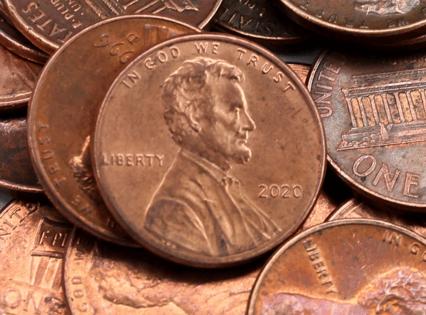


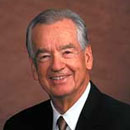
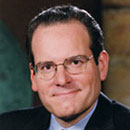
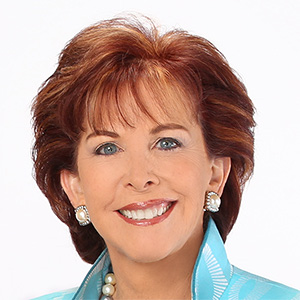




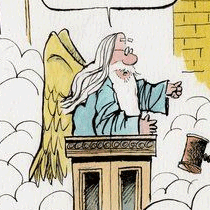
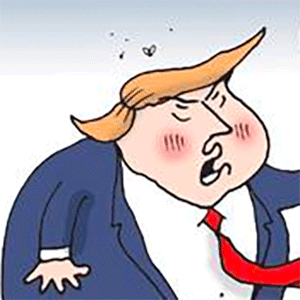
Comments